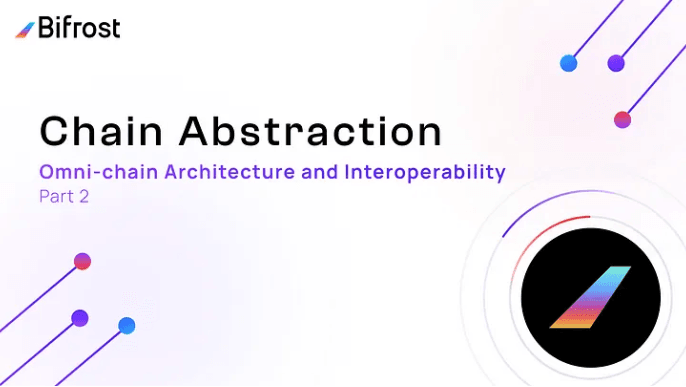
Web3 has evolved into a multi-chain ecosystem, comprising hundreds of L1 blockchains, along with various Layer2 solutions, subnets, parallel chains, and application-specific chains. While this proliferation has spurred innovation and blockchain adoption, it has also led to fragmentation, with applications, assets, liquidity, and users spread across different chains.
Although cross-chain bridges offer a way to migrate assets between these chains, they fall short of creating a seamless whole. The solution lies in the concept of a full-chain architecture, which holds the promise of uniting the fractured landscape of Web3.
The vision for a full-chain architecture gaining industry consensus and widespread adoption is an exciting prospect. The potential benefits are substantial, with the following outcomes on the horizon:
This transformative state can be aptly described as “Chain Abstraction”.
In software terminology, “abstraction” involves concealing intricate details from users to present a simplified interface, reducing complexity. Just as “account abstraction” hides elements like private keys and mnemonic phrases to ensure a seamless user experience, “chain abstraction” conceals the underlying blockchain infrastructure, enabling users to interact without the need for awareness or concern. It’s akin to using applications like WeChat or Taobao without needing to know the exact location of Tencent or Alibaba’s servers.
However, achieving chain abstraction as the industry standard will require concerted efforts from the entire blockchain community. This endeavor encompasses not only applications built on a full-stack architecture but also secure, high-performance cross-chain bridge protocols and gas-less account abstraction solutions. It is, in essence, a comprehensive engineering challenge.
As pioneers in the Omni-LSD (Liquidity, Security, and Developer Experience) field, Bifrost’s role is pivotal. Bifrost aims to serve as a model and reference for the full-chain integration of DeFi protocols, guiding the industry toward the realization of a unified Web3 ecosystem.
In conclusion, the journey toward a full-chain architecture within Web3 represents a crucial step forward in streamlining the blockchain experience for users and developers alike. As we continue to advance in this direction, the potential for a more accessible, interconnected, and efficient blockchain ecosystem becomes increasingly tangible. The collaboration of all stakeholders in the blockchain space is essential to make this vision a reality, and with dedication and innovation, we can reshape the future of Web3.